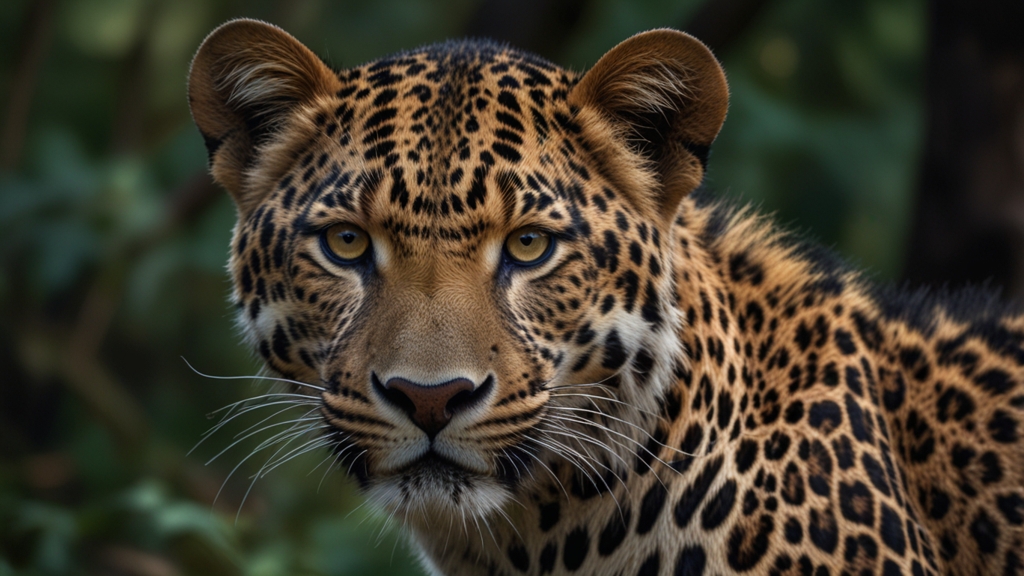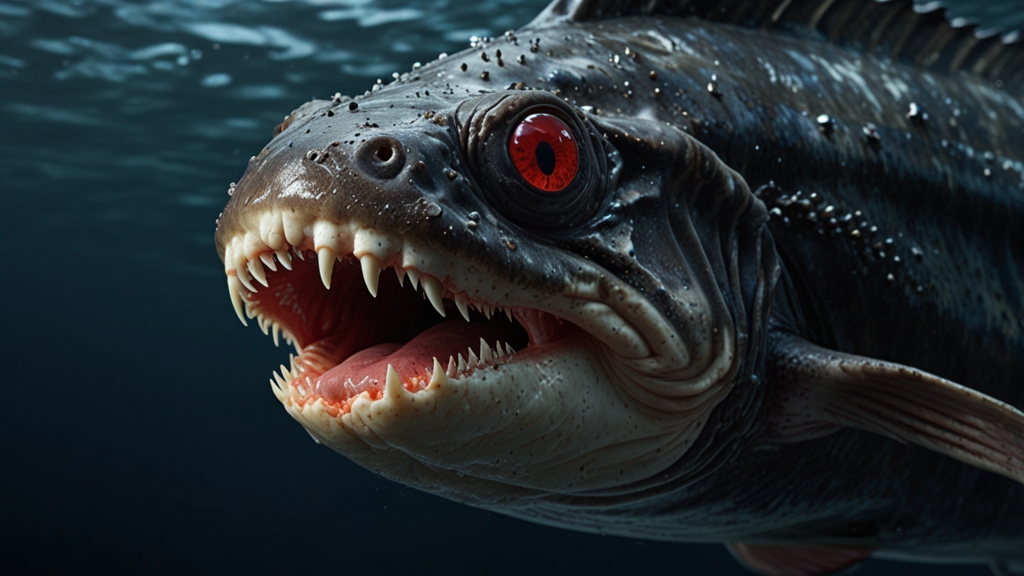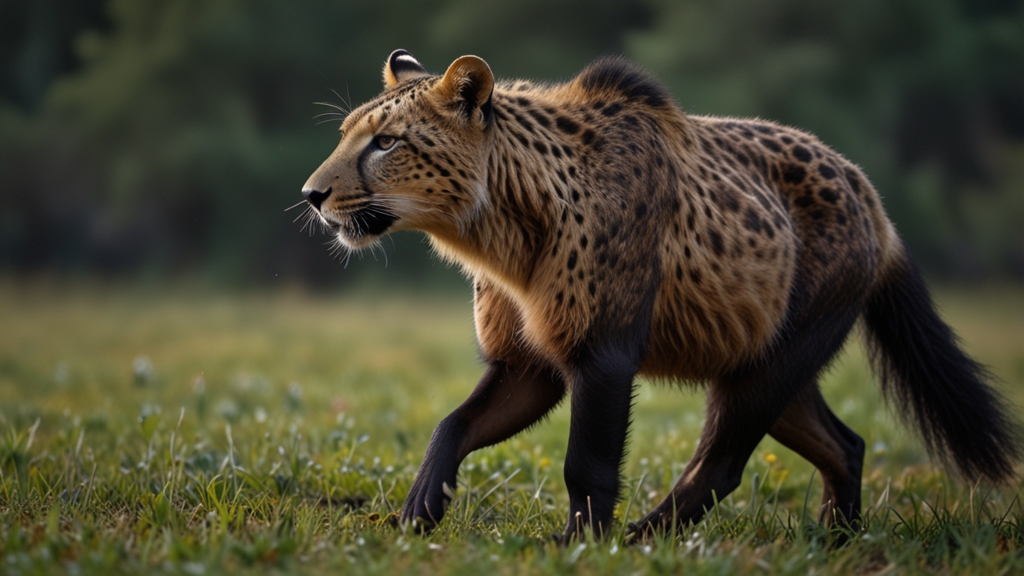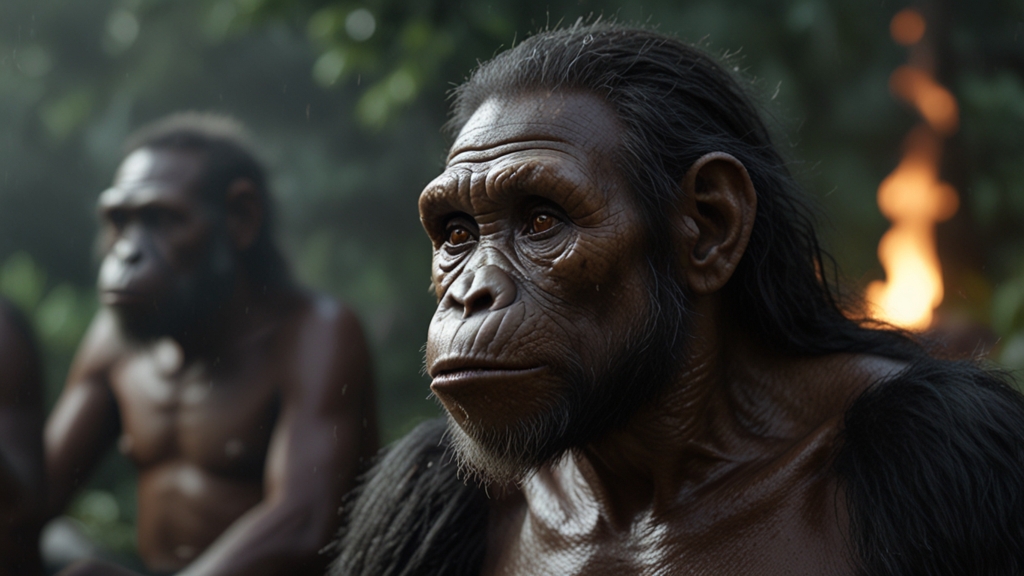Beyond the Zoo: Innovative Solutions for Wildlife Preservation
In the face of accelerating habitat destruction, climate change, and poaching, traditional approaches to wildlife preservation—such as zoos and nature reserves—are proving insufficient. As a result, innovative solutions are emerging as crucial tools in the fight to save our planet's diverse species. While zoos play an important role in conservation, it's time to look beyond the bars and glass enclosures to more dynamic and encompassing strategies.
Technological Interventions
Technology has emerged as a powerful ally in wildlife preservation. From satellite tracking to AI-driven data analysis, numerous tools are now at the disposal of conservationists. GPS collars and drones help monitor animal movements in real-time, ensuring quicker responses to potential threats such as poaching or natural disasters.
"By integrating advanced technology like machine learning, we can predict behaviours and identify patterns that help in better resource allocation. It’s a game-changer in the field of conservation," said Dr. Helen Markowitz, a leading wildlife biologist.
Additionally, smart sensors placed in strategic locations within wildlife reserves can monitor environmental conditions such as temperature, humidity, and noise levels. This invaluable data helps track changes in ecosystems, thereby allowing faster and more accurate intervention.
Community Involvement
Another cornerstone of modern wildlife preservation efforts is community involvement. Empowering local communities to take ownership of conservation projects ensures sustainability and long-term success. Community-led initiatives often focus on education, eco-tourism, and livelihood programs that reduce dependence on exploiting natural resources.
"When local people see the benefits of protecting wildlife—whether it's through eco-tourism or other sustainable livelihoods—they're far more likely to participate actively in conservation efforts," noted John Mburu, a community conservation leader in Kenya.
These community-driven programs not only help protect wildlife but also promote social and economic development, creating a win-win situation for both people and nature.
Genetic Conservation
Advancements in genetics offer another frontier in wildlife preservation. The concept of genetic conservation involves maintaining and managing genetic diversity within species populations. This is crucial for the resilience of ecosystems, as it ensures that species can adapt to changes in their environments.
Biobanks have emerged as critical repositories for genetic material, including tissue samples, sperm, and eggs. These can be used for future breeding programs, re-introductions, or even de-extinction projects. Scientists are also exploring gene editing techniques to eradicate diseases that threaten endangered species, thereby improving their survival rates.
Wildlife Corridors
Fragmentation of habitats is one of the most significant challenges to wildlife preservation. Wildlife corridors serve as essential connectors between isolated patches of habitats, allowing animals to migrate, find mates, and access resources in a rapidly changing landscape.
Governments and conservation groups are increasingly focusing on creating and maintaining these corridors. Initiatives like the Yellowstone to Yukon Conservation Initiative and the establishment of marine protected 'swimways' are notable examples of how corridors can help sustain biodiversity.
Conservation Tourism
Eco-tourism and conservation-focused travel have gained traction as effective strategies for wildlife preservation. These initiatives generate financial resources necessary for protection efforts while educating the public about the importance of conservation.
"When tourists experience the beauty and complexity of wildlife in their natural habitat, they become advocates for conservation, contributing funds and spreading awareness," explained Sarah Green, an eco-tourism operator.
By carefully managing eco-tourism, it is possible to minimize its impact on the environment while maximizing benefits for local communities and wildlife alike.
Global Policy and Collaboration
Finally, effective wildlife preservation often requires coordinated global efforts and robust policy frameworks. International conventions like the Convention on Biological Diversity and CITES play significant roles in regulating wildlife trade and protecting endangered species.
Collaborations between governments, NGOs, and private sectors are increasingly essential. Sharing knowledge, resources, and best practices can amplify the impact of conservation efforts. Countries that ratify international agreements also benefit from shared research, funding, and technological advancements.
The challenges facing wildlife are complex and multifaceted, but through innovative solutions and a collaborative approach, there is hope for preserving the planet’s irreplaceable biodiversity for future generations.











